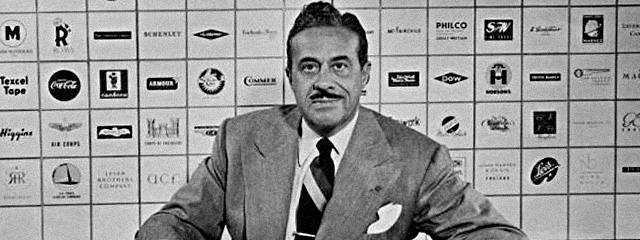Not from the industrial revolution as the name might infer. Industrial design as a profession has much closer links to the mass production and early development of consumer goods which followed the First World War.
As a consequence of the great depression of the early 1930s US companies who had converted their wartime manufacturing capacity to serve the boom in new domestic products found it impossible to match sales to production capacity. The growth of advertising agencies served the need to compete more effectively with competitors for market share, but cut prices and cleaver slogans were not enough and advertising agencies set up product styling departments to enable them not just to pitch the their clients products more attractively but to make them inherently more attractive.
Many of these early product stylists came from professions as diverse as window dressing and advertising illustration but over time they developed the processes and skills, including inventing the field of ergonomics, to evaluate and develop products from the bottom up. By the 40s industrial design had become a distinct profession and a powerful tool.
Early industrial designers such as Raymond Lowey spanned the technological developments of the 20th century; he designed promotional models for the first aeroplane crossing of the English channel and was responsible for the interior design of the first space station “skylab”, having the insight to go beyond the NASA’s functional requirements and incorporate a window in the design; as Raymond Lowey said “never leave well enough alone”.
A GFC is not the time to cut back on design and your competitive edge. Good design can save you money, open new markets and keep your products ahead of your competitors.








